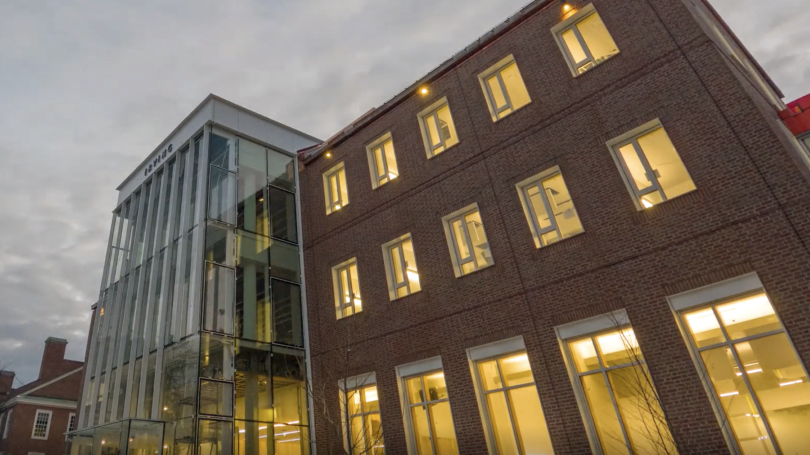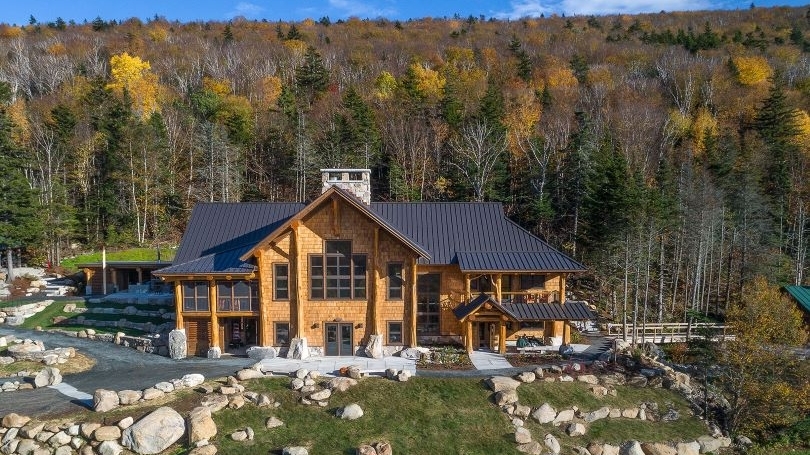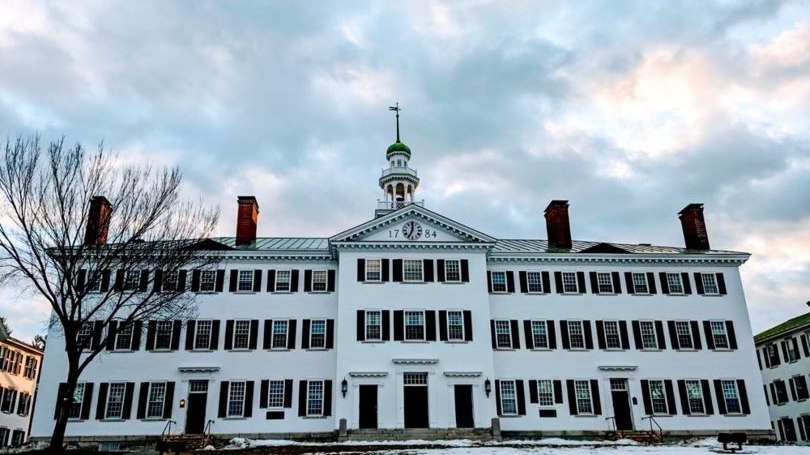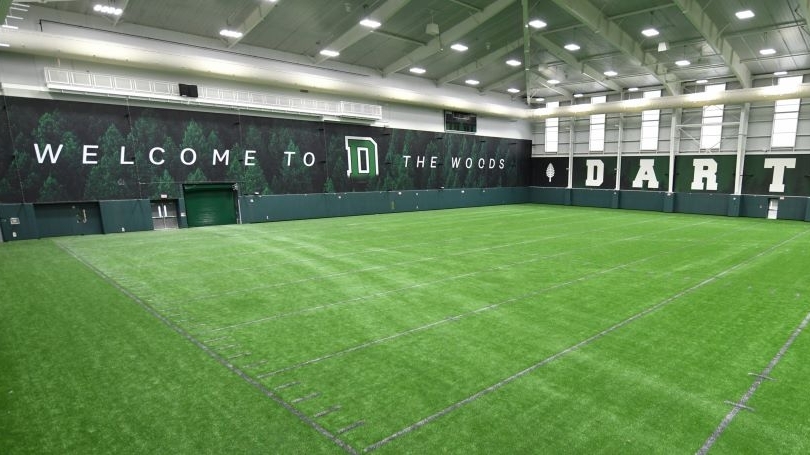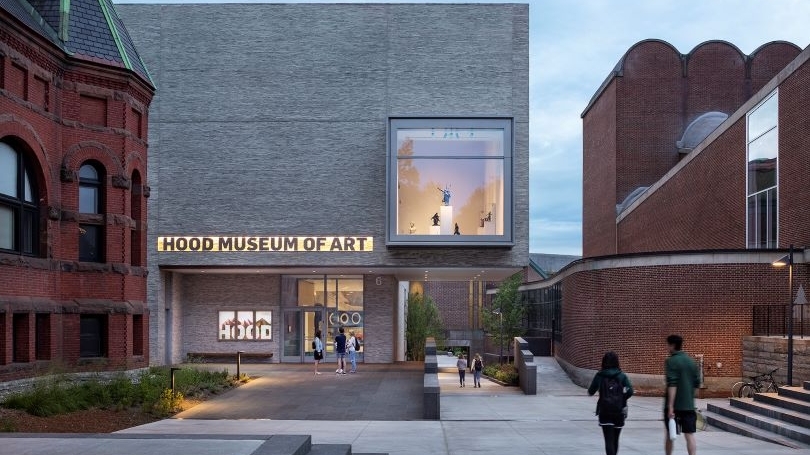As part of President Hanlon's emphasis on experiential learning and leadership, Dartmouth has rallied its community to strengthen two of the most powerful sites of experiential learning and leadership outside the classroom: outdoor programs and athletics.
Moosilauke Ravine Lodge
"Generations of Dartmouth students have forged lifelong bonds here at Moosilauke; they have studied, reflected, and grown, and have come to appreciate, through the challenge and beauty of the outdoors, that there are forces more powerful than oneself. This is a moment to reflect on what constitutes the heart and soul of Dartmouth. Our close-knit community based on deep intellectual engagement; our commitment to the liberal arts delivered by true teacher-scholars; our profound sense of place deep in these North Woods; and, of course, our adventuresome spirit. Nowhere do these four characteristics intersect more powerfully than at Moosilauke."—President Hanlon
Completed in 2017, the new Moosilauke Ravine Lodge creates a fresh gathering space for Dartmouth students, alumni, and the greater community. A beloved space for Dartmouth's First-Year Trips and home base for many excursions and events, the updated Lodge incorporates the best-loved features of the original space with modern accessibility features. With significant financial support from Dartmouth alumni, the Lodge now meets Dartmouth's sustainability standards for low energy use and high efficiency; the frame of heavy log timbers were harvested from Dartmouth land under the direction of the College Forester.
Graham Indoor Practice Facility
Dartmouth completed construction of the Graham Indoor Practice Facility, the largest permanent indoor practice facility in the Ivy League. Powerfully affirming the College's commitment to athletic excellence and competitiveness, the 70,000-square-foot facility features a vast 280 x 200 artificial turf, as well as batting tunnels and other training rooms. The facility offers a state-of-the art resources to help hundreds of Dartmouth student-athletes prepare year-round for elite competition.
Rowing Facility Expansion
A state-of-the-art, 6,400-square-foot addition to the Friends of Dartmouth Rowing Boathouse represents a major expansion that will allow rowers to train in moving water year-round and strengthen Dartmouth's ability to recruit topflight talent.
DOC House Renovation
Thanks to the largest 50th Reunion gift in the history of the College from the great Dartmouth Class of 1969, the Dartmouth Outing Club house on the north shore of Occom Pond—the place to rent ice skates, cross-country skis, or snowshoes for a bracing winter ramble—received an extensive renovation. Upgrades include a new configuration to maximize light, new bathrooms, a new coat room, a multi-use kitchen, and sustainable heating and electrical systems to serve the entire facility.
